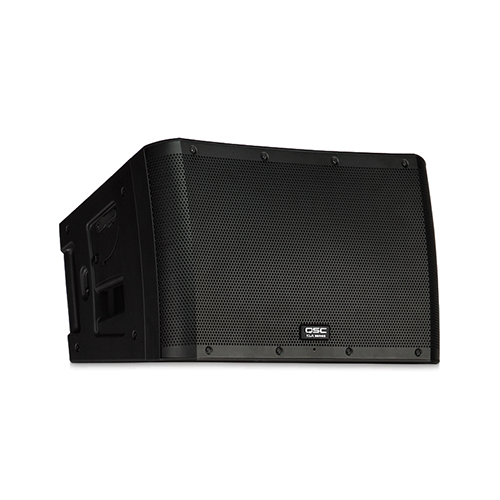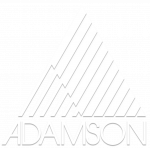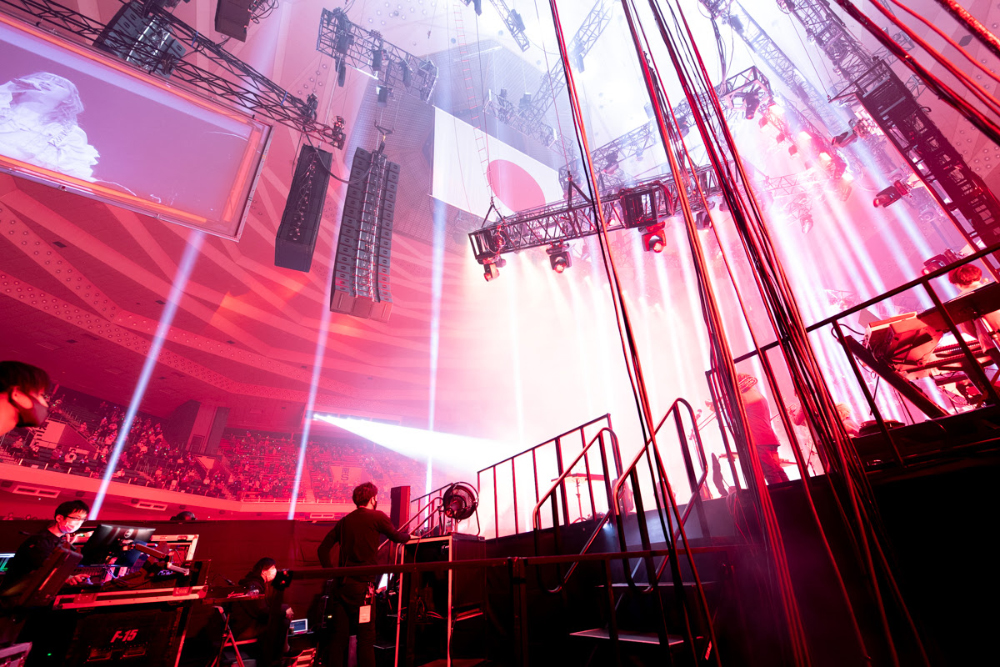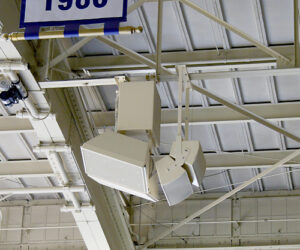Large-format line arrays deliver in terms of output, and in many cases, are now much more than simply loudspeakers, better described as integrated systems. The vast majority of the models we’re presenting here incorporate dedicated power and DSP packages (onboard or rack mounted), and are outfitted with sophisticated control, networking, and optimization capabilities. Integral rigging is user-friendly and marked by precision and ease of use.
It’s still surprising to some that line arrays have been around for more than half a century in the guise of column loudspeakers, and most of them in earlier days were voice-range only. Their application was generally for highly reverberant spaces, where a narrow vertical dispersion avoided exciting the reflective room boundaries and, as a result, improved intelligibility of the spoken word.
V-DOSC from L-Acoustics was the first (in the mid-1990s) to show the concert sound world that more level and smoother frequency response can come from fewer drivers in a line array. Now, large-format line arrays (which we loosely identify as models with 12-inch and larger woofers) exist in a wide range of types and options.
Driver configuration and enclosure design remain defining factors. Some models employ dual woofers with a center high-frequency section to provide horizontal symmetry. The simplest systems may just have a single cone and high-frequency driver. Quasi 3-way solutions use dual woofers, but low-pass one woofer at a lower frequency than the other, thereby eliminating lobing at higher frequencies where the drivers become displaced with relation to the frequencies being reproduced.
True 3-way designs operate separate low-, mid- and high-frequency drivers, each in their own band. There are several approaches to horn loading, which can provide higher sensitivity for additional power. And now, we’re seeing some 4-way systems, with the mid-frequencies subdivided into two sections.
In the listings that follow, note that the horizontal dispersion spec is provided for all models. Vertical dispersion varies, dependent on array structure and configuration.
Keep in mind that several companies present more than one choice in this category. Several of them also offer complementary array elements with wider angles of coverage that perform better as the lowest near-throw enclosure(s) in vertical arrays. Enjoy this look at the latest large-format line arrays.
Spotlight Listing
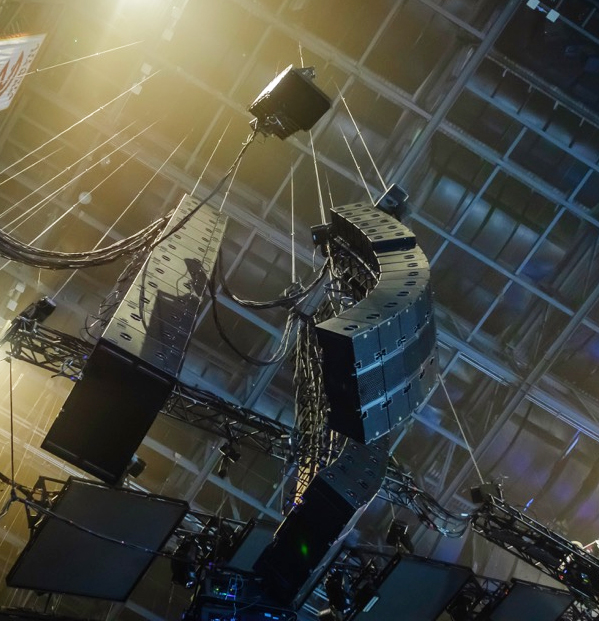
Adamson Systems Engineering E15
adamsonsystems.com
The Adamson E15 is a 3-way true line source enclosure incorporating proprietary transducer and waveguide technology that reduces weight and minimizes the footprint. The heart of the E15 is the E-Capsule, precisely engineered and constructed of lightweight aluminum. The patent pending skeletal structure provides an accurate and rigid frame for mounting the modular aircraft grade steel Autolock rigging system, while simultaneously housing a series of efficient mid-high components coaxially mounted on Adamson’s pioneering Co-Linear Drive Modules.
Two vector corrected low-excursion 7-inch Neodymium midrange transducers paired with two next generation 4-inch HF compression drivers energize the drive modules and provide seamless mid-high energy with minimized distortion at very high SPL levels. Critically optimized waveguides based on a prolate-spheroidal geometry ensure precise pattern control and minimum THD, producing a nominal (-6 dB) dispersion pattern of 90 x 6 degrees (H x V).
The E-Capsule is flanked with two separate, vented birch ply enclosures, each containing proprietary Neodymium 15-inch woofer, capitalizing on the advantages of Adamson’s Advanced Cone Architecture and optimized heat dissipation management of the 4-inch voice coil.
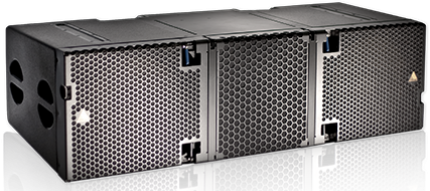
Specifications:
Configuration: 3-way
LF: 2 x 15-in neo Kevlar woofers
MF: 2 x 7-in neo Kevlar cones
HF: 2 x 4-in-exit voice coil neo Kevlar drivers
Note: MF/HF coaxially mounted on Co-Linear Drive Modules
Frequency Response:
60 Hz – 18 kHz
Horizontal Dispersion:
90 degrees
Size (H x W x D) & Weight: 15.4 x 51.4 x 21.4 in; 176 lbs
Electronics: E-Rack with Lab.gruppen PLM amplifiers, audio & AC panels, Ethernet switch
** Adamson also offers the E12 12-in line array
Standard Listings
L-Acoustics K3
l-acoustics.com
Configuration: 2-way
LF: 2 x 12-in neo woofers; bass-reflex, L-Vents
HF: 1 x 4-in-diaphragm neo compression drivers; DOSC waveguide, Panflex
Frequency Response: 42 Hz – 20 kHz
Horizontal Dispersion: 70/110 degrees symmetric or 90 degrees asymmetric
Size (H x W x D) & Weight: 14 x 37.4 x 15.9 in; 94.7 lbs
Electronics: Driven by LA4X/LA8/LA12X amplified controllers
Companion Sub: KS28
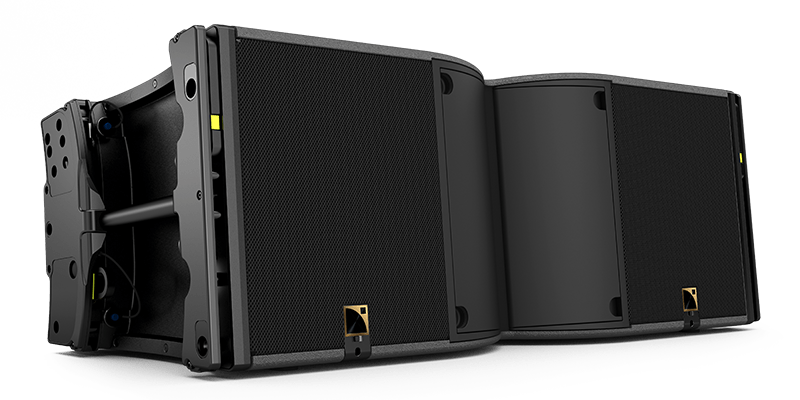
RCF HDL 50-A 4K
rcf-usa.com
Configuration: 3-way
LF: 2 x 12-in neo woofers
MF: 4 x 6-in neo cones
HF: 2 x 3-in titanium dome compression drivers on a custom waveguide
Frequency Response: 40 Hz – 20 kHz
Horizontal Dispersion: 90 degrees
Size (H x W x D) & Weight: 14.4 x 46.1 x 19.7 in; 128.7 lbs
Electronics: 8000-watt peak, 4000-watt RMS class D 4-channel amplifier; 32-bit DSP with control/monitoring of individual sections of the module, including the onboard inclinometer and transducer performance, via RDNet
Companion Sub: SUB 9006-AS and other options
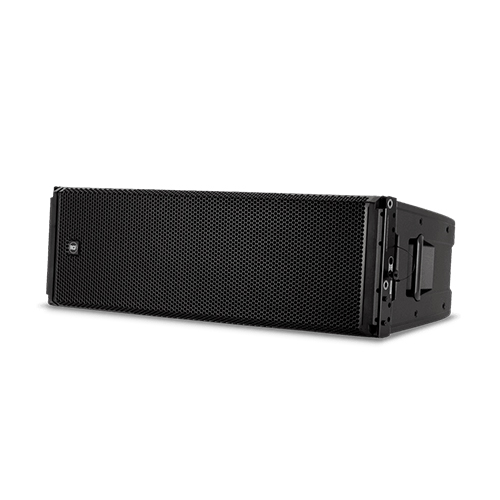
Martin Audio WPL
martin-audio.com
Configuration: 3-way
LF: 2 x 12-in woofers on Hybrid bass horn
MF: 2 x 6.5-in cones, horn-loaded
HF: 3 x 1-in drivers, horn-loaded
Frequency Response: 52 Hz –18 kHz
Horizontal Dispersion: 90 degrees (-6 dB), 120 degrees horizontal (-10 dB)
Size (H x W x D) & Weight: 14.6 x 44.7 x 20.7 in; 141 lbs
Electronics: 1 or 2 enclosures per amplifier channel; company offers iKON power amplifiers with Dante networking and DX controllers
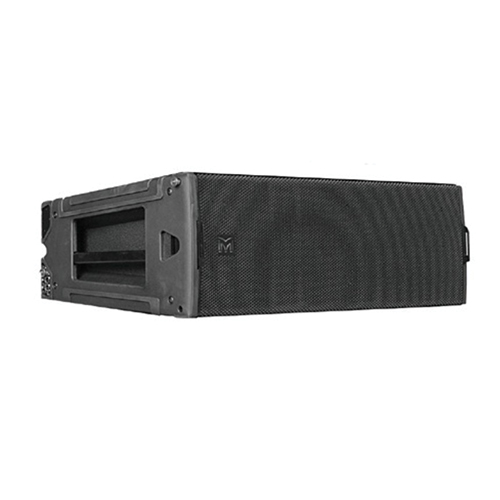
Electro-Voice X2-212/90
electrovoice.com
Configuration: 2-way
LF: 1 x 12-in neo woofer
HF: 2 x 3-in titanium drivers coupled to pair of PDH Plane Wave Generators on a waveguide
Frequency Response: 52 Hz – 19 kHz
Horizontal Dispersion: 90 degrees (120 degrees also available)
Size (H x W x D) & Weight: 13.5 in x 28.8 in x 12 in; 93 lbs
Electronics: Dynacord TGX/IPX amplifiers and SONICUE sound system software
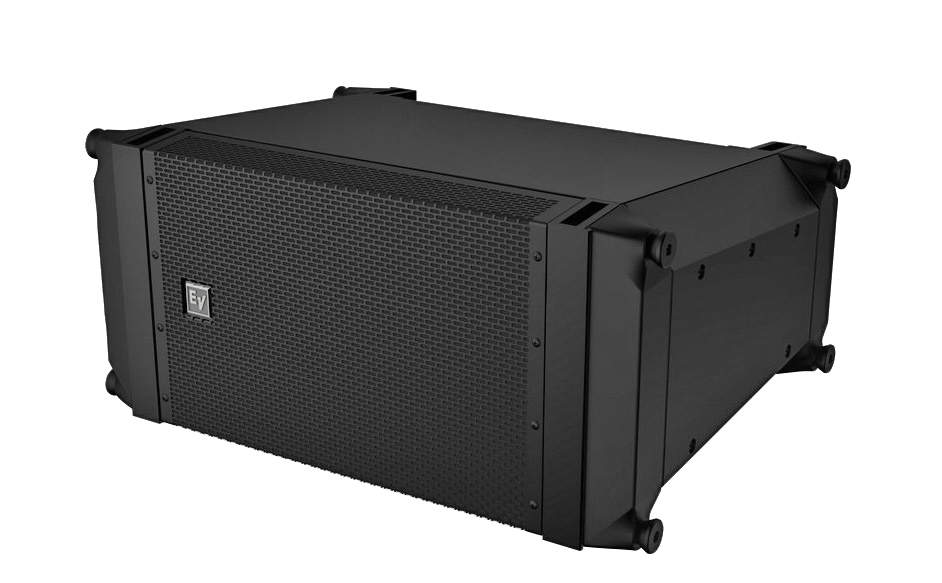
d&b audiotechnik GSL
dbaudio.com, sl-series.com
Configuration: 2-way
LF: 2 x 14-in woofers, 2 x 10-in woofers (side firing, cardioid), 1 x 10-in woofer (MF)
HF: 3 x 1.4-in compression drivers on an optimized waveguide
Frequency Response: 45 Hz –18 kHz
Horizontal Dispersion: 80 degrees (model GSL8), 120 degrees (GSL12)
Size (H x W x D) & Weight: 15.4 x 51.2 x 24.7 in; 176 lbs
Electronics: d&b D80 amplifier is required to drive the GSL8 and GSL12; powered in 2-way active mode (2 amplifier channels per loudspeaker)
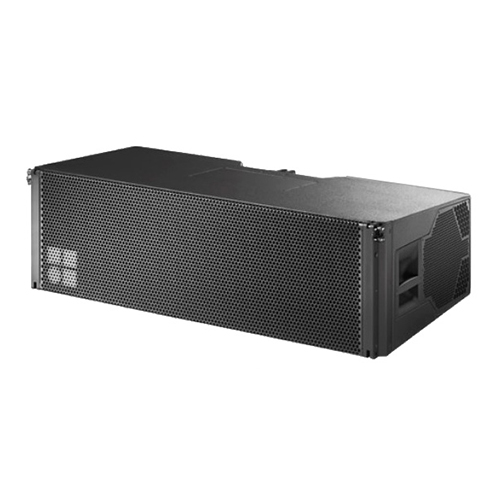
dBTechnologies VIO C
dbtechnologies.com
Model: VIO C15
Configuration: 2-way
LF: 1 x 15-in (3.5-in voice coil) neo woofers
HF: 1 x 1.4-in (3-in voice coil) neodrivers
Frequency Response: 42 Hz – 19 kHz (-10 dB)
Dispersion: 22.5 degrees horizontal, 45 degrees (+15/-30 degrees) vertical
Size (H x W x D) & Weight: 35.1 x 17.2 x 24.8 in; 89.5 lbs
Electronics: Digipro G4 class-D amplifier joined by DSP; RDNet card facilitates monitoring and remote control via Aurora Net software
** dBTechnologies also offers VIO C12 (12-in) and VIO C212 2 x 12-in) models
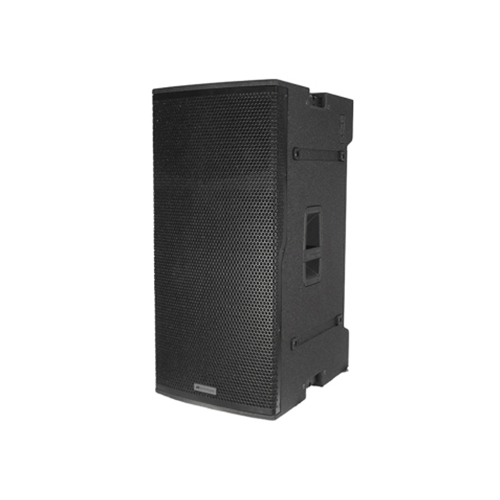
K-array Firenze-KH7
k-array.com
Configuration: 2-way
Transducers: 4 x 12-inch coaxial neo woofers
Frequency Response: 20 Hz – 20 kHz
Horizontal Dispersion: 100/30 degrees, plus digital adjustment
Size (H x W x D) & Weight: 13.8 x 46 x 7.9 in; 114.6 lbs
Electronics: Onboard class D amplifier providing 4 x 2,000 watts at 4 ohms; DSP control plus passive filter
Companion Sub: Firenze-KS7 and several other options
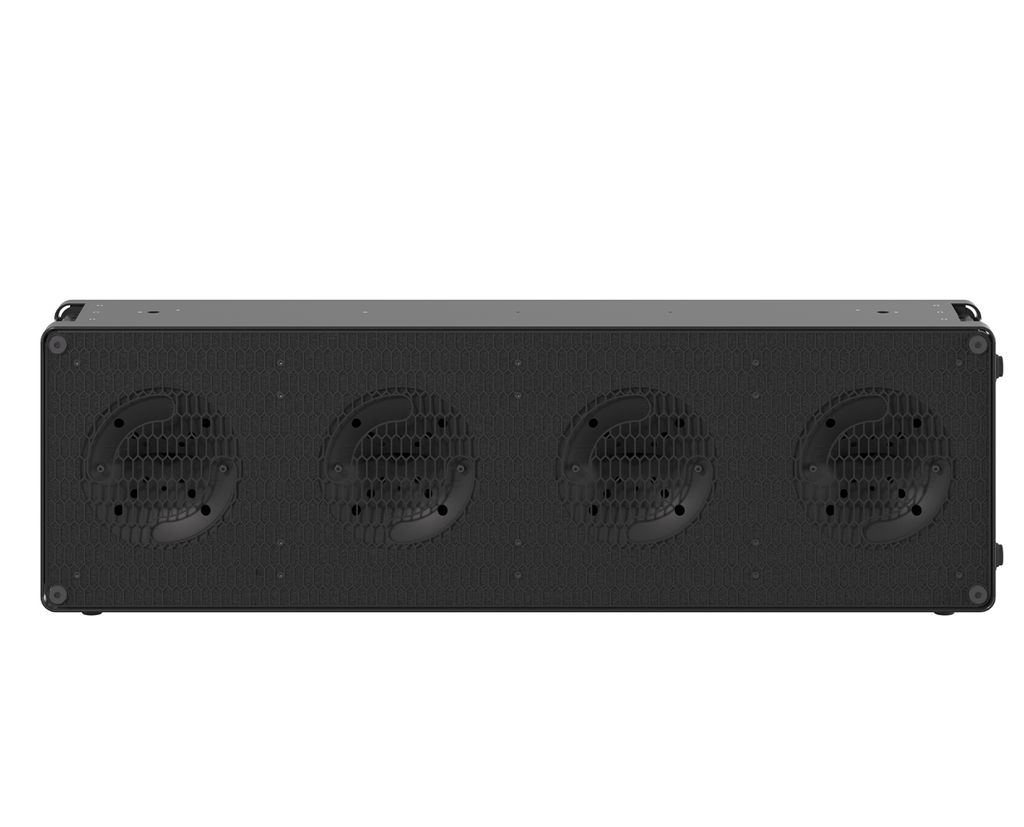
D.A.S. Audio LARA
dasaudio.com
Configuration: 4-way symmetrical
LF: 2 x 12-in woofers plus another 2 x 8-in woofers in cardioid configuration
MF: 2 x 8-in woofers
HF: 2 x DAS M-78N compression drivers on a waveguide
Frequency Response: 63 Hz – 17 kHz
Horizontal Dispersion: 100 degrees
Size (H x W x D) & Weight: 14 x 46 x 25.4 in; 189.6 lbs
Electronics: Self-powered (8-channel, class D), FIR processing and digital management via DASaim platform, IP control and monitoring through ALMA
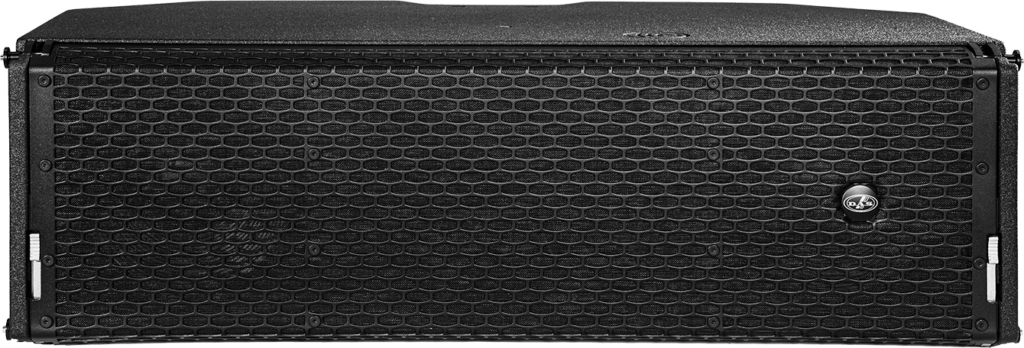
Meyer Sound LEO-M
meyersound.com
Configuration: 2-way
LF: 2 x 15-in woofers, vented
HF: 2 x 4-in drivers coupled to CD horn through REM manifold
Frequency Range: 55 Hz – 16 kHz
Horizontal Dispersion: N/A
Size (H x W x D) & Weight: 17.8 x 44.4 x 23 in; 265 lbs
Electronics: Self-powered (3 channels), Galileo Callisto processing, RMS remote monitoring
**Meyer Sound also offers LYON 12-in line array
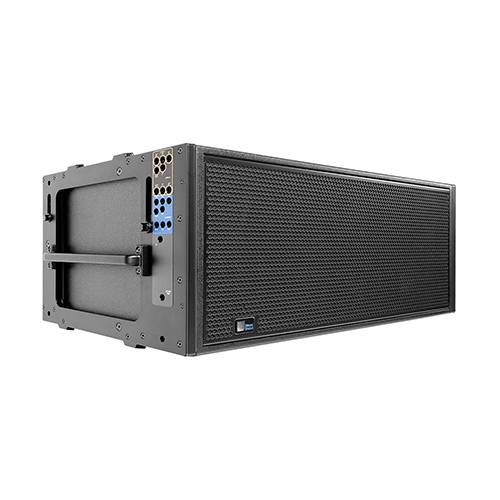
CODA Audio AiRAY
codaaudio.com
Configuration: 3-way (biamplified)
LF: 2 x 12-in (4-in voice coil) neo woofers
MF/HF: 2 x 6-in DDP (Double Diaphragm Planar-wave-drivers) with 3.5-in MF voice coil and 1.75-in HF voice coil
Frequency Response: 50 Hz – 22 kHz (-6 dB)
Dispersion: Horizontal – 90, 120 or asymmetrical 105 degrees; vertical is array dependent – 0 to 8 degrees in 1-degree steps
Size (H x W x D) & Weight: 14 x 26.5 x 21.9 in; 88.2 lbs
Electronics: LINUS loudspeaker management amplifiers for DSP control, amplification, audio I/O routing, network remote control, and diagnostics
** CODA SC2-F 2 x 15-inch sensor-controlled bass extension overlaps the low range of AiRAY and paired subwoofers
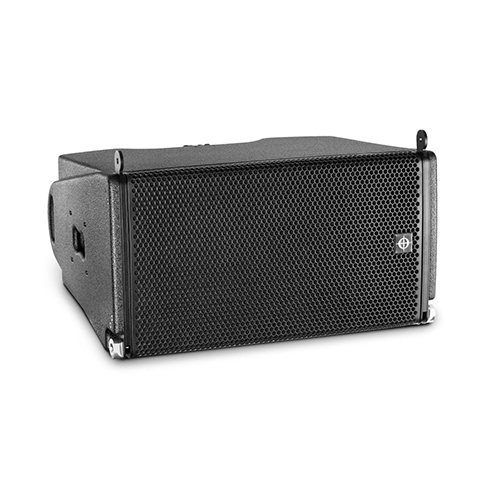
Alcons Audio LR28
alconsaudio.com
Configuration: 3-way
LF: 2 x 14-in neo woofers, reflex-loaded
MF: 4 x 6.5-in neo cones, slot-loaded configuration
HF: 1 x 14-in ribbon driver
Frequency Response: 50 Hz – 20 kHz
Horizontal Dispersion: 80 degrees (110 degrees also available)
Size (H x W x D) & Weight: 15.8 x 47.2 x 21.1 in; 138.9 lbs
Electronics: Sentinel10 amplified loudspeaker controller (4 channels) with specific drive processing with array-compensation, filter presets, system EQ, phase-matching, etc.
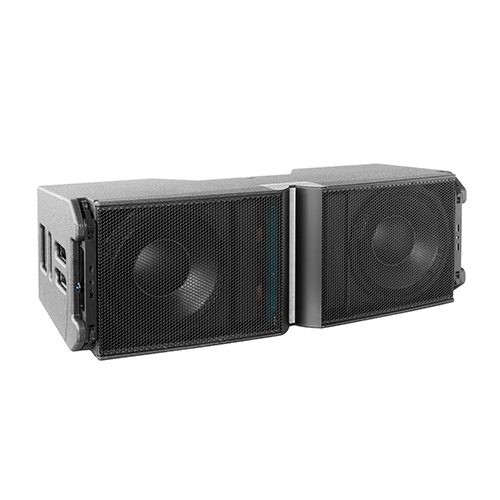
QSC KLA
qsc.com
Configuration: 2-way
LF: 1 x 12-in woofer
HF: 1 x 1.75-in (diaphragm) compression driver on a multiple difraction aperture waveguide
Frequency Response: 49 Hz – 18 kHz
Horizontal Dispersion: 90 degrees
Size (H x W x D) & Weight: 15 x 23.4 x 16.6 in; 55 lbs
Electronics: Onboard 500- x 500-watt amplifier (1,000 total watts), proprietary DEEP DSP algorithm extends bass response, and Ar-Q frequency optimization quickly tunes and configures the array
